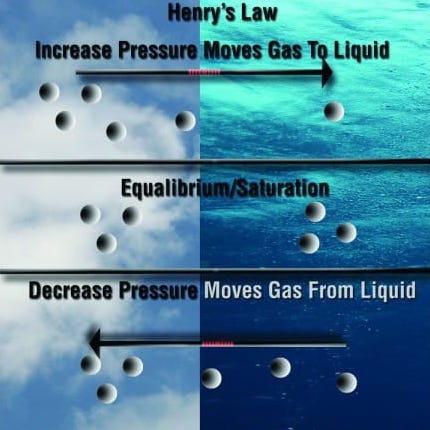My First Time Diving
I never would have expected that the first time I donned my gear and stepped into the water that my life would be forever altered.
As a zoology major I took a special interest in Marine Science. While looking at potential jobs, I realized that getting my scuba diving certification would be a necessity. So, after classroom and pool instruction, one early May Saturday morning I woke up before the crack of dawn and made my way to Gilboa Quarry.
Being my first dive and not knowing what to expect had me both excited and nervous. The water was a brisk 45 degrees so I was instructed to wear gloves and a hood, which I had never practiced before. The feeling was restrictive which only made my nerves worse. Although I was scared, I was exhilarated knowing I was finally going to dive, so I took a deep breath and jumped in.

Being in the water was amazing. I felt like I was entering an entirely different world. Visibility of at least 40 feet made my experience with seeing the rainbow trout, perch, catfish and paddlefish more than I expected.
When I reached the underwater platform, we began to practice the skills we learned in class. When I was instructed to take off my mask and put it back on, I started to freak out. I had a million thoughts running through my head. Will this be different from what I practiced with a hood on? Will I be able to breathe? Will I be stuck with a water-filled mask? Luckily we were not far from the surface so I went up and calmed myself down.
Once I collected myself, the instructor walked me through everything and I realized that I would be completely fine. After practicing a few more skills in the water, we followed my instructor for a “fun dive”. This consisted of stare downs with perch, swimming through tire obstacles, feeding zebra mussels to blue gills, pretending to jump on a trampoline, playing rock paper scissors, and lots and lots of smiling. Actually, I kept flooding my mask with water because every time I smiled, water cracked through the bottom of my mask! However, I didn’t care; I cleared it as practiced and focused on the underwater world in front of me. It felt like the quarry went on forever, finding new treasures and organisms every inch we went. We explored the inside of sunken airplanes, cars, boats, helicopters and buses. Some of these are things I’ve never even experienced on land!
The most memorable part of this dive was when our instructor took us over the big sunken school bus. He stopped us before we swam and gave us some weird hand signals that we thought meant, “follow me”. We were wrong… we followed him over and rested at the top. In an instant, we are surrounded by at least 100 fish; big, small, brown, yellow, hungry, starving. Us students were laughing into our regulators; flailing our arms in a tornado of fish until eventually we swam away panting. After we got out of the water, turns out those hand signals meant, “swim on the side of the bus, and don’t go over it.” Apparently that bus is a place instructors go with food to feed the fish, so they always swarm there (thanks for the warning instructor am I right?) After what felt like an exhilarating few hours, we surfaced only to find twenty-three minutes had passed. Time slows when you’re underwater, and thankfully so.
I had the time of my life. My eyes couldn’t believe what they were seeing, my brain couldn’t believe I was breathing and my heart couldn’t believe I’ve missed this feeling for twenty two years of my life. Though its embarrassing to say, I climbed out of the water only to run to my mom and tell her, “I can’t wait to get back in!!!” with a gigantic smile on my face.

That first dive, six months ago, has lead me to my current position as an Exhibit Diver here at the Greater Cleveland Aquarium and I happily wake up at 6am everyday anxious to get in the water.
To see what I explored on my first dive, click here!



































